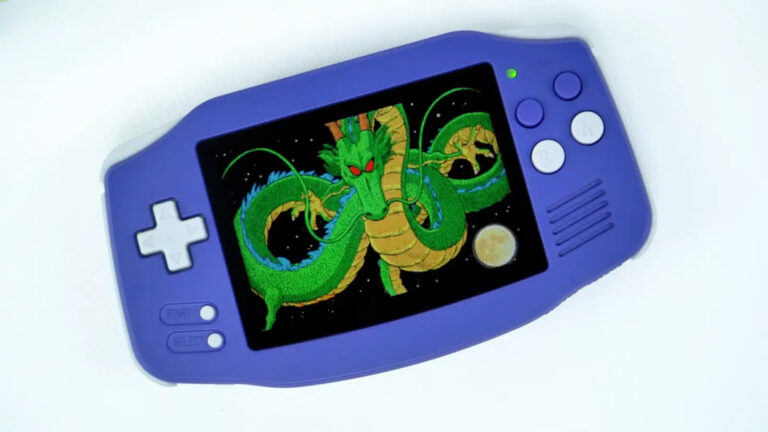Introduction
What follows is a curious Thing-In-Itself. If you are easily offended, stiff, or resistant to Space Balls, you might want to skip this article. And in case you don't recall, Space Balls had sexual innuendo. -Ed.
If, as Apple states when they consign rumor sites to the ninth plane of legal hell, innovation is the DNA of the company, then it must be fossilized. Low-margin, low-tech, white box, red state PCs have been around since before Michael Dell first declared Apple doomed, so what is the big deal about Apple finally doing what most PC manufacturers have been busy losing money at for years?

A reputed "iPod Halo Effect Switcher" photographed in the wild.
The Halo Effect, like the Switcher Effect, or the Think Different Effect, theorizes that an advertising campaign of some sort, be it based upon collectible posters or television commercials of apparently narcotized teenagers, combined with the clueless meanderings of financial analysts, will inevitably generate another Effect. There could even be an increase in computer sales, too. That is the supposed reason for the Mac Mini. In the latest gushing scenario, millions of iPod owners so enamored of an Apple click-wheel mp3 player and sick of Windows malware will dump their PC for the right price, even if the Mac mini is woefully underpowered by PC standards, and it is, but specs aren't everything. First, it looks great.
In keeping with the idea of an iPod in every pocket, and a Mac in every home, the Mac Mini is pictured next to the, er, bait. The Mac Mini at first reminds of the Micro ATX Whatever PC, except that with Apple, small, like everything else must be beautiful. At 3 pounds it weighs less than the lightest laptop Apple makes, and its profile is nearly as slim, a mere two inches tall, a flattened Cube ? but flattened with style. The surfaces are smooth, mix of lacquer white and brushed metal, perhaps the love child design of an iMac and a PowerMac. The specifications are also, to be polite, minimal.
CPU
A 1.25 or 1.42 GHz G4 (pathetic 167 MHz FSB included), and, sure it would have been nice to have a G5 inside, but it would be nice to have a PowerBook G5 and a flying car too.



